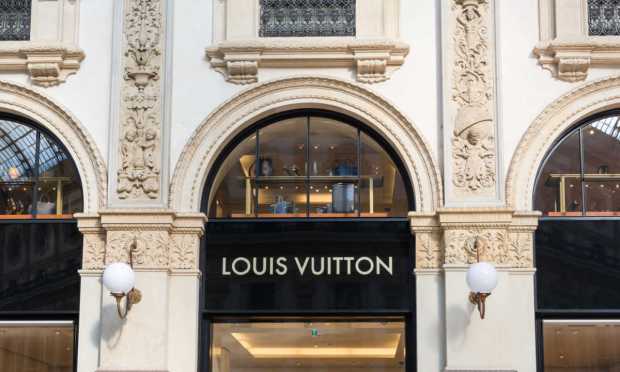LVMH ‘Confident but Vigilant’ About Luxury Demand After Record Year

The reopening of China will bring new opportunities to luxury brands that have already enjoyed a record year.
So said LVMH Chairman and CEO Bernard Arnault during a Thursday (Jan. 26) webcast covering the luxury goods group’s 2022 full-year results — which included record revenue of 79 billion euros (about $86 billion) despite the impact of the pandemic-related lockdowns in China, according to a press release.
“We have every reason to be confident — indeed optimistic — on the Chinese market,” Arnault said during the webcast. “In Macau, where the Chinese can now travel to, the change is quite spectacular. The stores are full and it’sreally come back at a very strong pace.”
China announced Dec. 26 that it would lift international travel restrictions this month, following three years of these pandemic-related limits. Luxury retailers welcomed the news, as Chinese consumers purchased about one-third of the world’s luxury goods in the pre-pandemic year of 2018.
In 2022, while China was under those restrictions, LVMH reported in the release that its revenue was up 23% with sales in Europe, the United States and Japan up sharply due to both local demand and renewed international travel.
The release of these results came about a week after it was reported that LVMH’s market capitalization had reached 400 billion euros (about $431.5 billion) for the first time, cementing the firm’s position as Europe’s most valuable business and likely giving Arnault an even greater lead as the world’s richest person.
Looking ahead to the coming year, Arnault said in the release that the company remains confident that it can maintain the growth rate it saw in 2022 but also vigilant due to the world’s current geopolitical and economic uncertainties.
Asked by an analyst if the company’s growing sales will dilute the exclusivity of its brands, Arnault said he has been hearing that question since he was appointed CEO of LVMH in 1989 and that what matters above all is quality.
“We have various stores, different size stores, and increasingly we have stores that are reserved for the customers who require greater individuality,” Arnault said. “Although the brand does indeed attract hugely, we’ve managed to improve the desirability — that’s our key criterion, brand desirability — every quarter. That desirability in no way suffers from the size of the company.”
